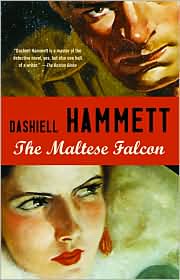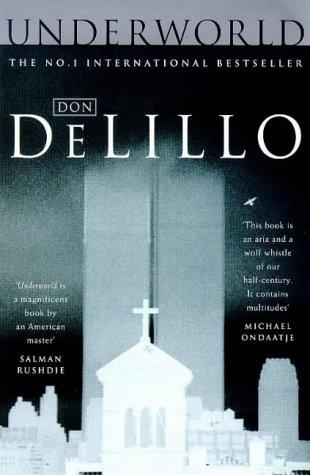Tim O'Brien is a great writer. It's not just in the actual mechanics of his writing; it's in the tone he is able to set. In the novel In the Lake of the Woods, the tone is regret, loss and sadness tinged with mystery and the unknown.
The novel is about a Minnesota politician, John Wade, who has just lost a Senate election. He and his wife Kathy move to a lake house in northern Minnesota to get away from the stress of the election and to recover after a bitter disappointment. O'Brien unfolds the Wade's story in flashbacks, from John's childhood (and the development of his alter-ego, Sorcerer) to his meeting and early days with Kathy, to his war experiences in Vietnam and on to the multitude of secrets the two share.
One morning, John wakes up and Kathy is gone. After consulting with the friendly older couple who live nearby, the Rasmussens, he decides to report it to the police. For two weeks search parties are organized and John becomes a figure of increasing interest to the police. Frightening flashbacks lead the reader to believe that John may have killed Kathy.
O'Brien skillfully weaves several plausible scenarios for Kathy's disappearance. The ending is ambiguous, but this book stayed with me for a long time after reading.
O'Brien's novel The Things They Carried was nominated for the Pulitzer Prize, and he is probably the pre-eminent novelist of the Vietnam generation working today. I have also read July, July, which is also excellent.
This book has overtones of mystery, but I certainly would not consider it a 'mystery novel'. I first read this 3 or 4 years ago and am going to re-read it soon.






























